Surgeons who want you to touch knife crime
- Published
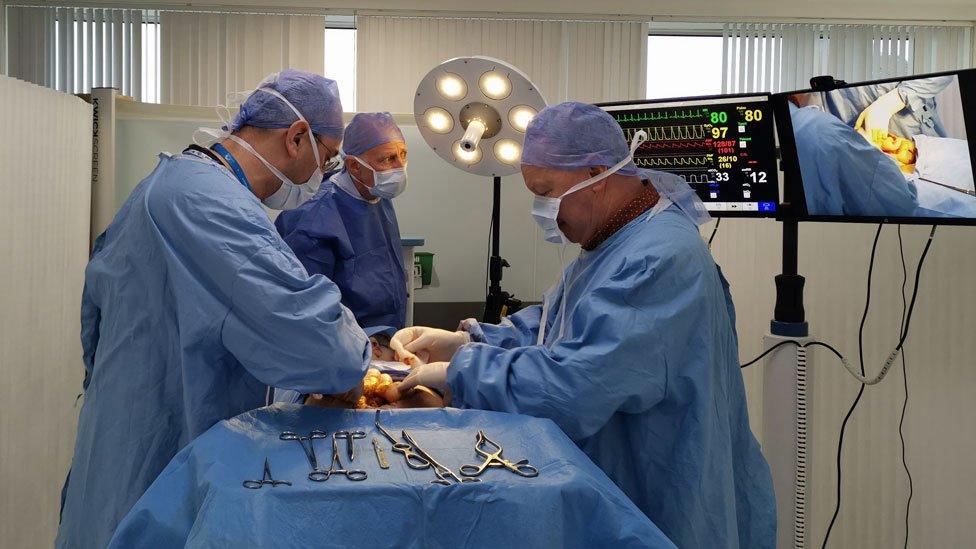
Surgeons want to create a simulation to show the consequences of knife crime
Stuffing your hand into the fleshy slime of someone's stomach on an operating table is going to grab anyone's attention.
Even if it's a replica, this grimly authentic representation of surgery following a knife attack is going to stay in the memory.
That's the point of this simulation, created by a group of medical staff at Imperial College London.
These doctors want to make young people really understand the consequences of stabbing someone.
They want to show that a knife attack doesn't finish when the ambulance doors slam shut and the blue lights pull away.
And they want health services not only to treat victims but to intervene to make stabbings less likely in the first place.
Split-second decisions
So, they've created an immersive role play for teenagers, getting them to stuff swabs around the organs and look for injuries below the peeled-back skin of this anatomical model.
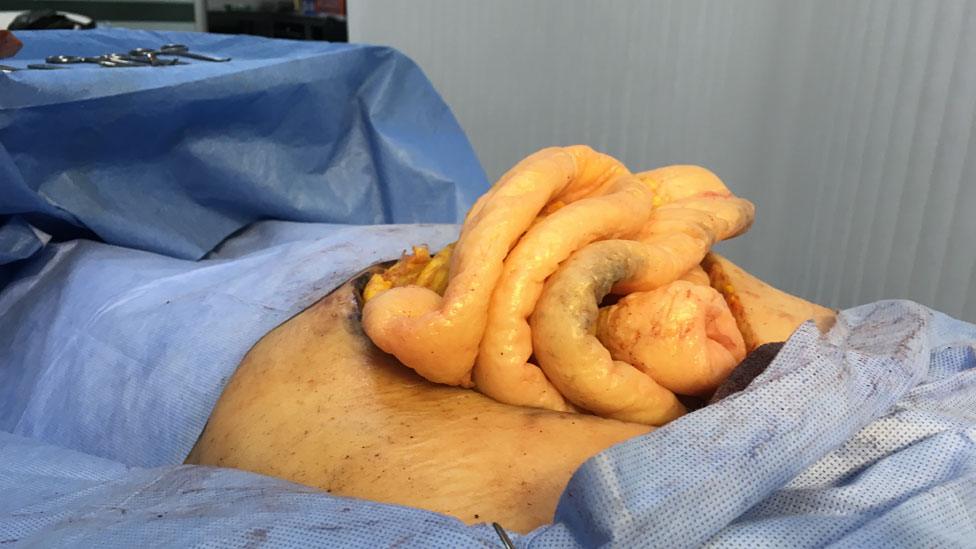
The simulation uses professional anatomical models to show the damage caused by stabbings
Wearing operating theatre masks and gowns, and surrounded by screens and monitors, the participants have to hunt through the guts and gore to find where a blade has caused damage.
The other people taking part are real surgeons, from the Imperial College Centre for Engagement and Simulation Science, headed by Prof Roger Kneebone.
"It's absolutely about public health," says Prof Kneebone, and his team is taking this simulation into schools and places where teenagers are likely to gather.
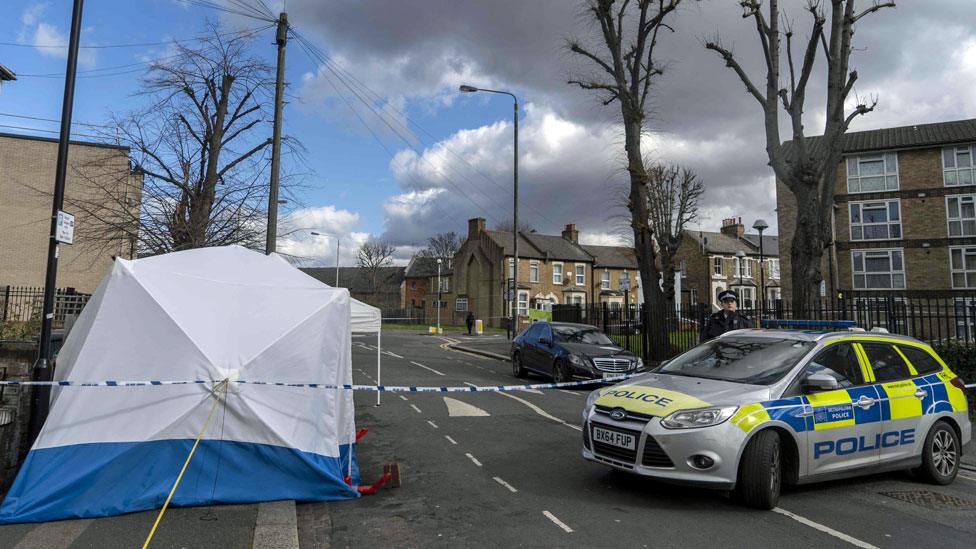
Surgeons want to join up responses to knife crime from health services, the police and councils
The priority is to make young people think before picking up a knife - by showing how a split-second stabbing can end a life or have consequences that last a lifetime.
"We want people to see there is a choice. The simulation allows you to replay it - and to show there can be different outcomes," Prof Kneebone says.
And the "physicality of the experience" can make much more of an impact than conventional talks and advice.
Victim each day
"It's not a new problem, it's not just a London problem, but people are coming in at a younger age," says Sacha Harris, part of the project and a trauma surgeon at St Mary's Hospital in west London.
He says the hospital now sees about one young victim of a knife attack each day.
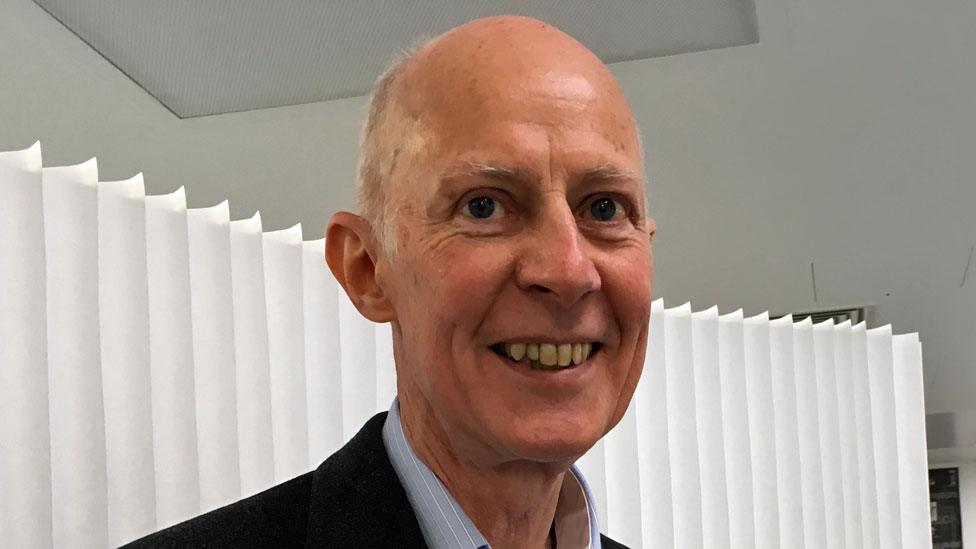
Prof Roger Kneebone wants young people to understand the choices they are making about knife crime
An unintended advantage of this is that surgeons have become much more practised in responding to knife wounds and that trainee surgeons know more about the types of injuries from different weapons and entry points.
Prof Kneebone once worked as a surgeon in Soweto, South Africa, and says it was plagued by knife injuries but as a result victims had the benefit of some of the most experienced and skilled medical staff.

Victims in 2019


Dr Harris says the stab wounds also seem to have become less random.
"There is a pattern of attacks. They know where to attack if they want to avoid killing. They know how to inflict life-changing injuries," he says.
And this means some knife victims admitted to hospital have been under the same surgeons before.
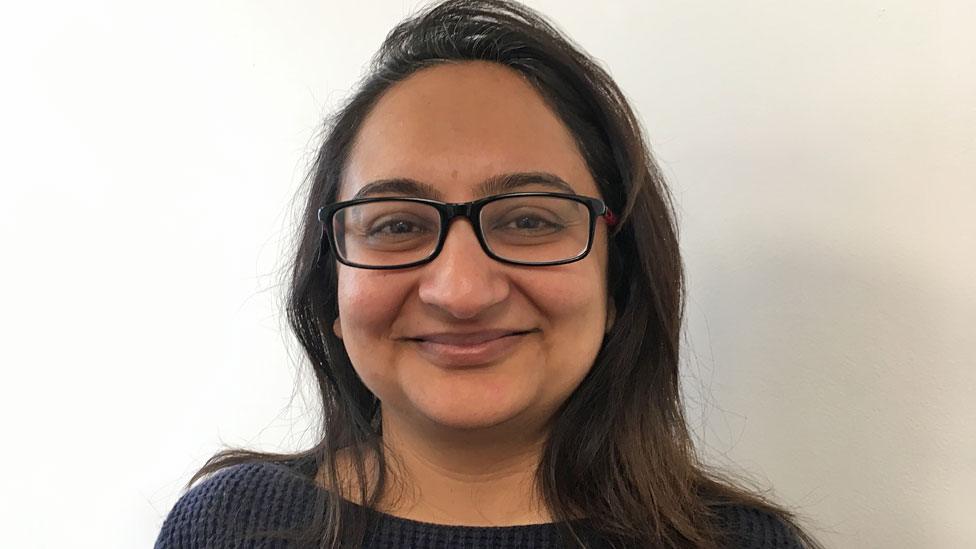
Ambreen Imran wants more checks to make sure knife victims are safe when they leave hospital
Their injuries can be caused by any type of knife, from something small picked up in the home home to machetes.
Prof Kneebone, who trains surgeons, says small wounds can sometimes be the most dangerous, hiding serious internal damage.
"It could rapidly change. There is an uncertainty about it," he says.
Colostomy bag
Prof Kneebone wants to stop this conveyor belt of violence, victims and perpetrators.
But he says that warning teenagers about the risks of knife injuries might not really have that much impact.

Surgeon Sacha Harris says younger stabbing victims are being brought to hospital
Instead, what really connects is to show them that many stabbing victims end up with a colostomy or "stoma" bag.
Wearing one of these plastic pouches, used to collect waste from the body when the bowel or rectum is damaged, is not how teenagers want to see themselves.
The simulation takes young people through this process - and Prof Kneebone says they ask questions such as how wearing such a pouch would affect sex lives or whether it would smell.
Return visits
Ambreen Imran, a researcher with a background in nursing and working with communities, says there needs to be much more thought about how knife victims are discharged from hospital.
She wants to avoid the loop tape of victims returning to the same streets and situations where they are likely to end up coming back to hospital in an ambulance.
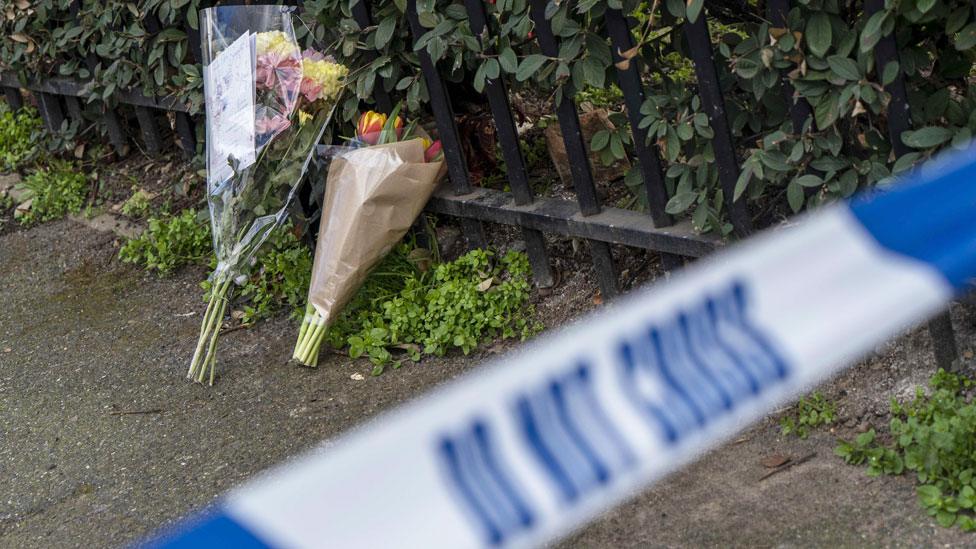
"We don't know where people are going back to. We need a wider assessment about whether they are going back to a safe environment," she says.
There are also plans to extend the simulation to the courts and prison system.
"The conversations about treatment, prevention and consequences need to be connected," says Prof Kneebone.
Dr Harris says for the surgeons repairing damaged bodies every day, there is an awareness of how easy it is to become a victim.
"It's the wrong place at the wrong time," he says. "There but for the grace of God go I."
- Published16 March 2019